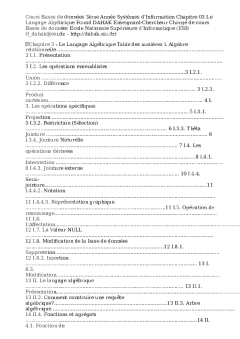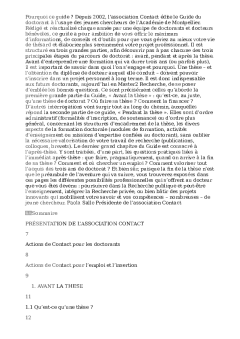A practitioner x27 s guide
Public Disclosure Authorized Public Disclosure Authorized Public Disclosure Authorized A Practitioner ? s Guide to Innovation Policy Instruments to Build Firm Capabilities and Accelerate Technological Catch-Up in Developing Countries Xavier Cirera Jaime Frías Justin Hill and Yanchao Li Public Disclosure Authorized A PRACTITIONER ? S GUIDE TO INNOVATION POLICY Instruments to Build Firm Capabilities and Accelerate Technological Catch-Up in Developing Countries INNOVATION POLICY plays a central in the growth strategies of developing and developed countries by removing barriers to business innovation and facilitating the adoption of technologies However innovation policies in developing countries tend to be fragmented often mimicking conditions and designs of policies in most advanced economies which are likely to be inadequate for domestic innovation capabilities Thus improving the e ?ectiveness of these policies is critical especially in the current context of rapid technological change and digitalization However improving such policies is not an easy task Policy makers face a shortage of information and lack of clarity about what works and what doesn ? t and what innovation instruments are most e ?ective at di ?erent stages of development This policy guide aims at ?lling this information gap and supporting policy makers in developing countries in their quest to design more e ?ective policies to foster innovation From invention to upgrading A broader de ?nition of innovation is needed to enhance the impact of innovation policy Innovation has traditionally been associated with science and research and development R D This view has biased the formulation of innovation policies and institutions in many countries by focusing on a ??linear ? or ??supply side ? approach whereby research is seen as generating R D and inventions and then is transformed into innovations introduced by ?rms in markets This view of innovation which has been very in uential in de ?ning innovation policies prioritizes policies that aim to create new knowledge and more radical disruptive and novel innovations at the expense of e ?orts to adopt existing knowledge and technologies and more generally create and build basic innovation capabilities While more novel or radical innovations are of course important the ??linear ? view misses the fact that incremental innovation and upgrading are more characteristic of innovation systems in developing countries Crucially most ?rms in developing countries can obtain substantial improvements in productivity by adopting knowledge and technologies that have already been generated Thus a broader view of innovation that includes incremental innovation and upgrading is needed to improve innovation policies Related to this more inclusive view of innovation innovation policy involves the design and delivery of an array of policy instruments through which governments attempt to overcome market and systemic failures that prevent broadly desired innovation outcomes from being attained Thus innovation policy encompasses a combination of instruments that interact and complement one another ??the so-called policy mix ??to encourage various types of innovation This guide focuses on the group of instruments that target innovation in businesses and that take the ?rm as the target group These innovation instruments are typically
Documents similaires










-
75
-
0
-
0
Licence et utilisation
Gratuit pour un usage personnel Aucune attribution requise- Détails
- Publié le Dec 24, 2022
- Catégorie Science & technolo...
- Langue French
- Taille du fichier 129.2kB


